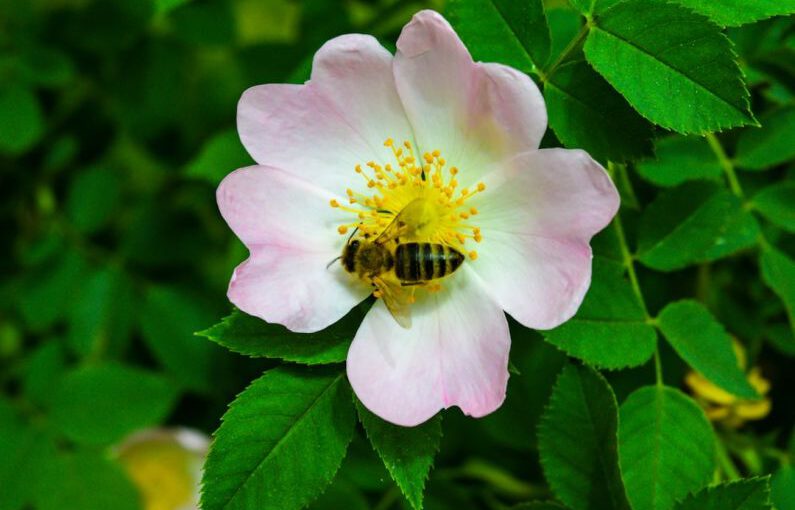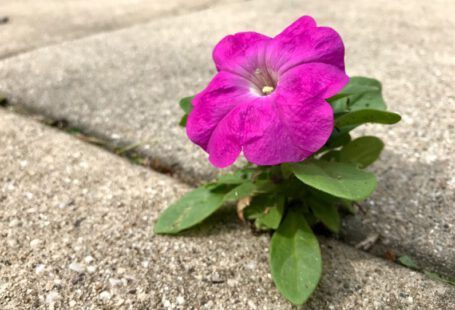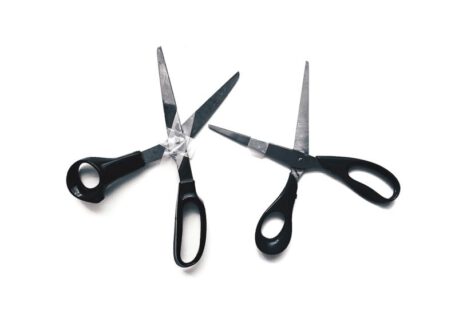Urban gardening has become increasingly popular as people seek to reconnect with nature and grow their own food in city environments. However, one challenge that urban gardeners often face is ensuring adequate pollination for their plants. Pollination is essential for the reproduction of many plants, as it is the process by which pollen is transferred from the male reproductive organs to the female reproductive organs, leading to the production of seeds and fruits. In urban settings where there may be fewer pollinators such as bees and butterflies, gardeners need to take steps to encourage and support pollination in their gardens. Here are some tips on how to ensure adequate pollination in urban gardens.
Choose a Variety of Plants
One way to attract more pollinators to your urban garden is to plant a variety of flowers and crops that are known to be attractive to bees, butterflies, and other pollinators. Different pollinators are attracted to different types of flowers, so by planting a diverse array of plants, you can increase the chances of attracting a wide range of pollinators to your garden. Consider planting a mix of native wildflowers, herbs, and fruit-bearing plants to provide food and habitat for pollinators throughout the growing season.
Create Pollinator-Friendly Habitats
In addition to planting a variety of pollinator-friendly plants, you can also create habitats in your urban garden that are attractive to pollinators. This can include providing nesting sites for bees, such as bee hotels or hollow stems, as well as creating sheltered areas where butterflies and other pollinators can rest and take shelter from the elements. By providing a diverse range of habitats in your garden, you can encourage pollinators to visit and establish a presence in your urban environment.
Avoid Pesticides
Pesticides can be harmful to pollinators and other beneficial insects, so it is important to avoid using chemical pesticides in your urban garden. Instead, opt for organic pest control methods such as handpicking pests, using insecticidal soaps, or planting companion plants that repel pests naturally. By reducing the use of pesticides in your garden, you can create a safer and more welcoming environment for pollinators to thrive.
Plant in Clusters
Planting flowers and crops in clusters can make it easier for pollinators to locate and access the pollen and nectar they need for food. By grouping plants together, you can create a more visible and attractive display for pollinators, making it more likely that they will visit your garden. Consider planting clusters of the same type of flower or mixing different flowers together in patches to create a more diverse and appealing environment for pollinators.
Encourage Natural Pollination
In addition to attracting pollinators to your garden, you can also take steps to encourage natural pollination by gently shaking or tapping the flowers of your plants to help distribute the pollen. This can be particularly helpful for plants that are self-pollinating or have flowers that may be difficult for pollinators to access. By assisting with the pollination process, you can increase the chances of successful fruit set and seed production in your urban garden.
Create a Water Source
Pollinators need access to water for drinking and maintaining hydration, so providing a water source in your urban garden can help attract and support pollinators. This can be as simple as setting out a shallow dish of water with rocks or pebbles for pollinators to land on, or installing a small fountain or birdbath to provide a continuous supply of fresh water. By including a water source in your garden, you can create a more inviting environment for pollinators and help them thrive.
Incorporate Vertical Gardening
Vertical gardening is a great way to maximize space in urban environments and can also help attract pollinators to your garden. By planting climbing vines, hanging baskets, or trellises with flowering plants, you can create vertical habitats that are attractive to bees, butterflies, and other pollinators. Vertical gardening can also help provide a more diverse range of plant species in your garden, increasing the opportunities for pollinators to find food and shelter.
Conclusion:
By following these tips and incorporating pollinator-friendly practices into your urban garden, you can help ensure adequate pollination and support a healthy and productive growing environment for your plants. From choosing a variety of plants to creating pollinator-friendly habitats and avoiding pesticides, there are many ways to encourage pollinators to visit and thrive in your urban garden. By working to support pollinators, you can enjoy a bountiful harvest and contribute to the conservation of important pollinator species in urban environments.





